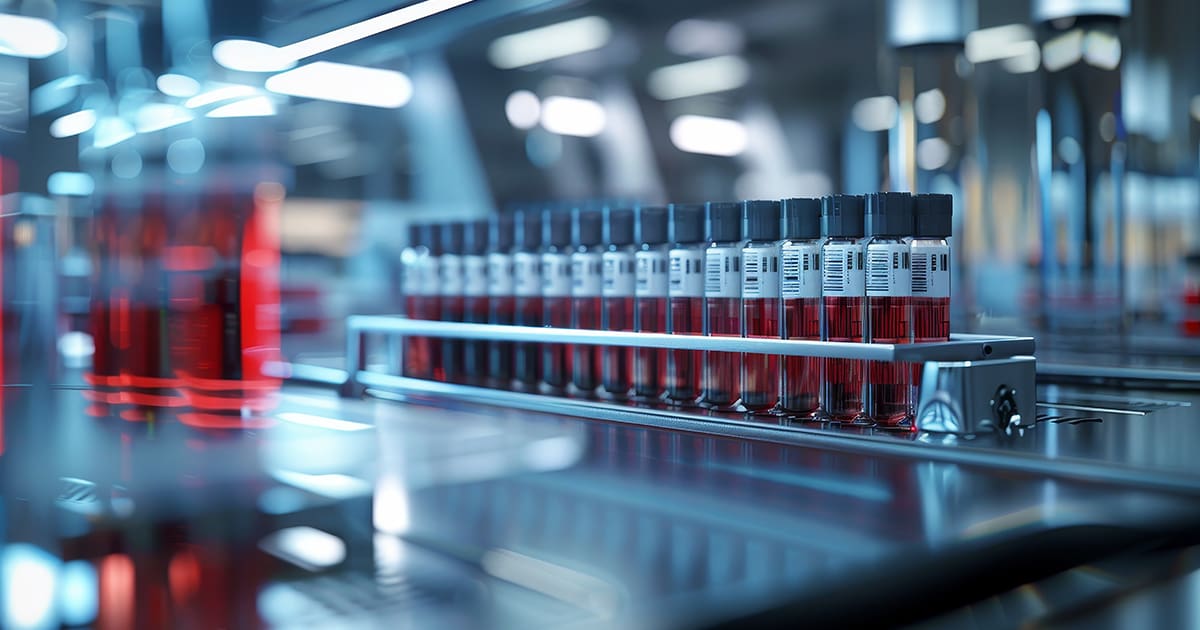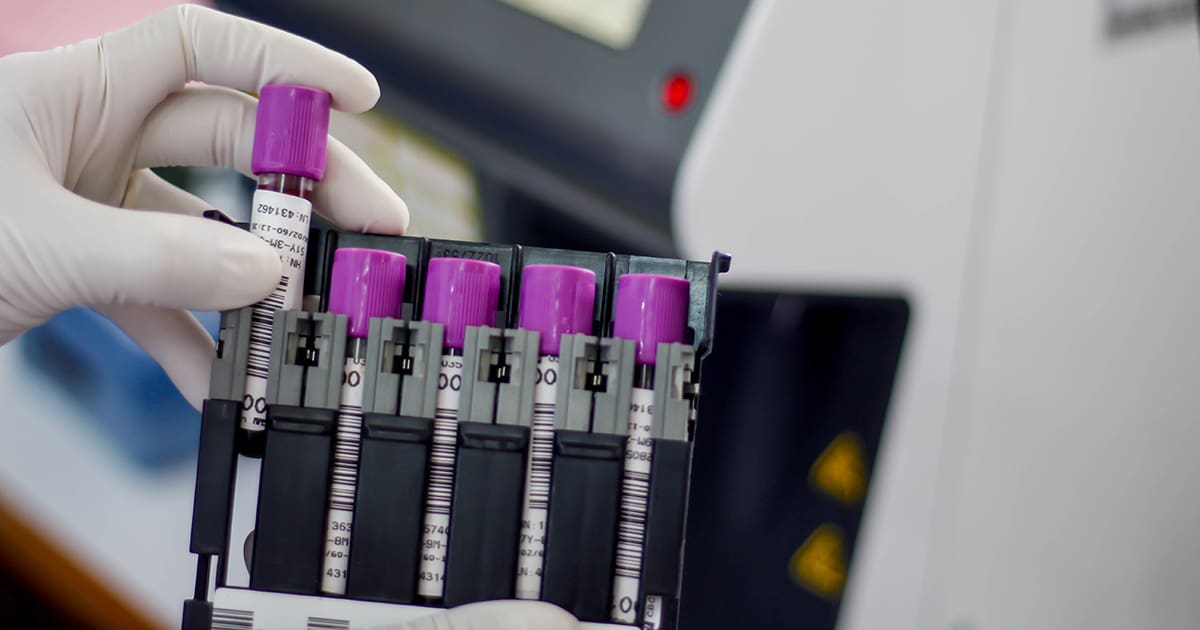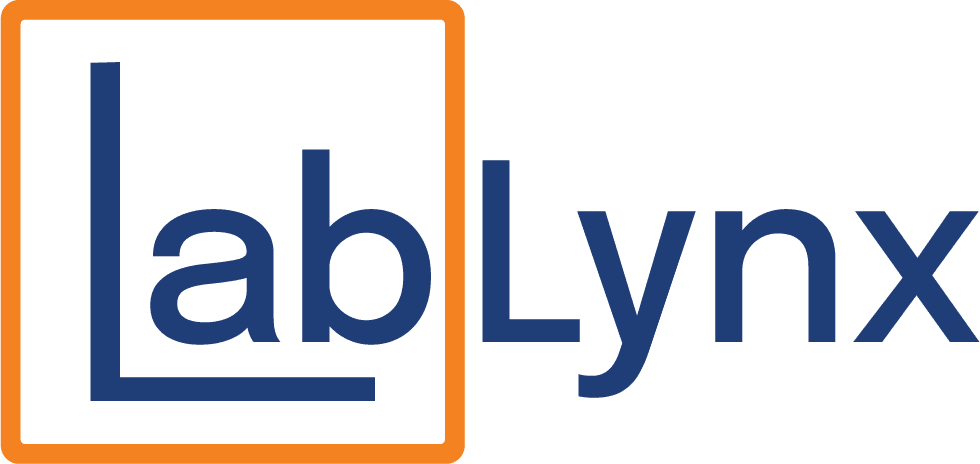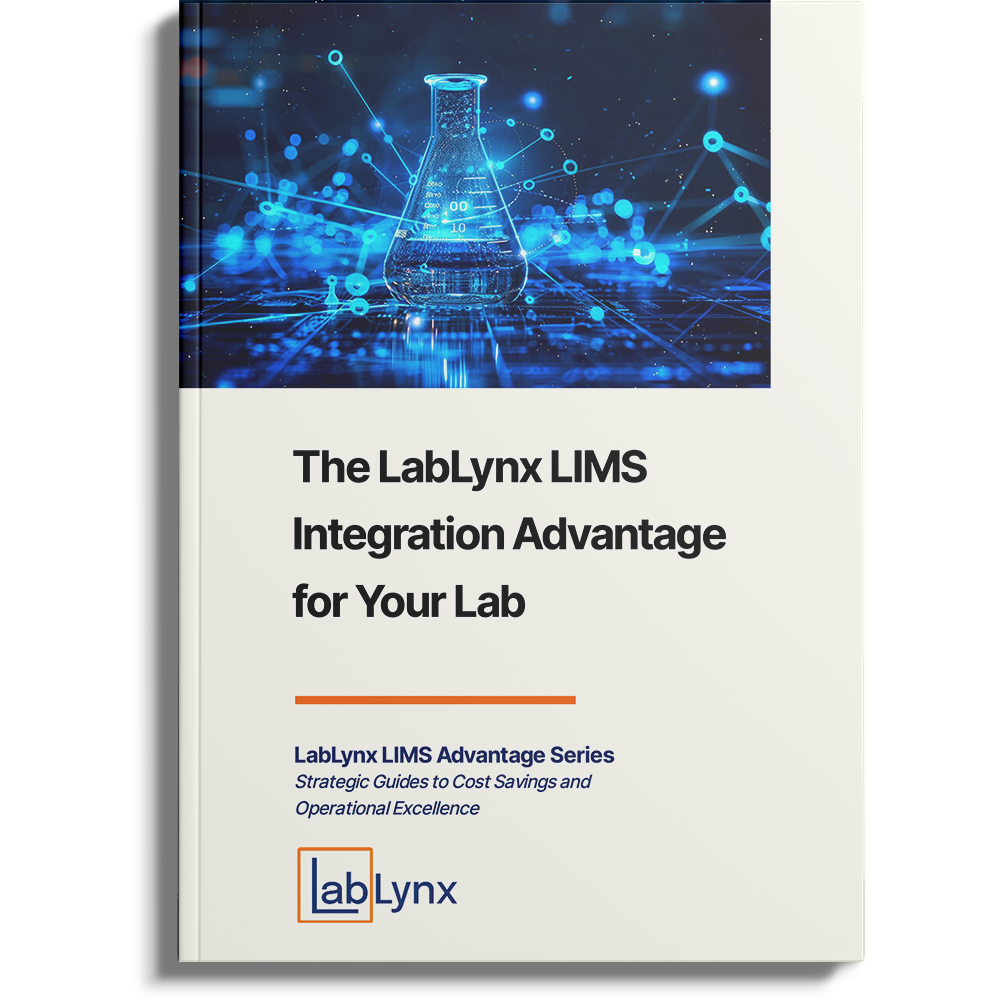
Effective sample collection and testing are critical to laboratory success, impacting everything from turnaround times to accuracy and compliance. As technology evolves, labs are now better equipped to optimize these processes, achieving both cost-efficiency and high standards. This article explores strategies backed by data and real-world case studies, providing actionable insights for labs aiming to streamline their workflows and improve results.
The Impact of Efficient Sample Collection
Efficient sample collection has far-reaching implications for a lab’s productivity. According to the College of American Pathologists (CAP), issues in sample collection, such as mislabeling, account for 0.1-0.5% of errors in healthcare labs, leading to increased costs and time-consuming re-tests. CAP’s studies suggest that improving sample handling could reduce these errors significantly, ultimately supporting faster, more reliable results.
Technology-Driven Sample Collection Tools
One of the most promising advancements in sample collection is the use of barcode and RFID technology, both of which minimize human error. A study by the National Institutes of Health (NIH) showed that RFID tracking reduces sample misidentification by up to 98%, streamlining workflows in busy lab environments. Labs using automated sample handling systems report a 50% reduction in handling time, crucial for high-throughput testing environments where speed and accuracy are paramount.

Streamlining Sample Tracking with LIMS Integration
Integrating a Laboratory Information Management System (LIMS) into a lab’s workflow is another critical step toward optimizing sample management. Research from the College of American Pathologists shows a 30% increase in sample traceability in labs that use comprehensive LIMS solutions. For instance, at Mayo Clinic, implementing a LIMS decreased sample processing times by 25%, enabling faster reporting and improving overall patient outcomes.
Real-Time Monitoring and Data Analytics
Real-time analytics allow labs to monitor sample statuses, identify bottlenecks, and proactively address issues. According to a report by Frost & Sullivan, labs utilizing analytics platforms experience a 20% improvement in efficiency by using predictive insights. For example, predictive tools can flag potential issues in sample handling, reducing unnecessary re-testing and saving valuable resources.

Reducing Testing Times with Automated Sample Prep
Automation in sample preparation is another area where labs can see substantial time savings. As noted in the Clinical Chemistry journal, laboratories that implemented automated sample prep observed a 25% reduction in overall testing times. This improvement not only boosts lab efficiency but also helps maintain high compliance standards by reducing the risk of errors common in manual preparation.
Best Practices for Implementing Sample Collection Improvements
To maximize the benefits of automation, labs should follow best practices for sample collection optimization:
- Quality Control: Setting up quality control processes ensures that sample handling errors are minimized from the outset.
- Real-Time Tracking: Using tools like LIMS and RFID tracking allows labs to maintain continuous oversight of sample locations and statuses.
- Continuous Training: Regular training for staff on automated tools and LIMS platforms increases their effectiveness and reduces errors.
How LabLynx Can Help Your Lab Optimize Sample Collection
Optimizing sample collection doesn’t have to be a challenge. LabLynx provides comprehensive LIMS solutions tailored to support every stage of the sample management process. From real-time tracking and analytics to seamless automation integration, LabLynx equips your lab with the tools it needs to boost productivity, accuracy, and compliance.
Ready to transform your sample collection and testing processes? Contact LabLynx today to learn how our solutions can help your lab achieve new levels of efficiency and success.
References
- College of American Pathologists (CAP). Sample Management and Error Reduction in Clinical Labs.
- National Institutes of Health (NIH). RFID in Clinical Settings.
- Frost & Sullivan. The Role of Analytics in Laboratory Efficiency.




